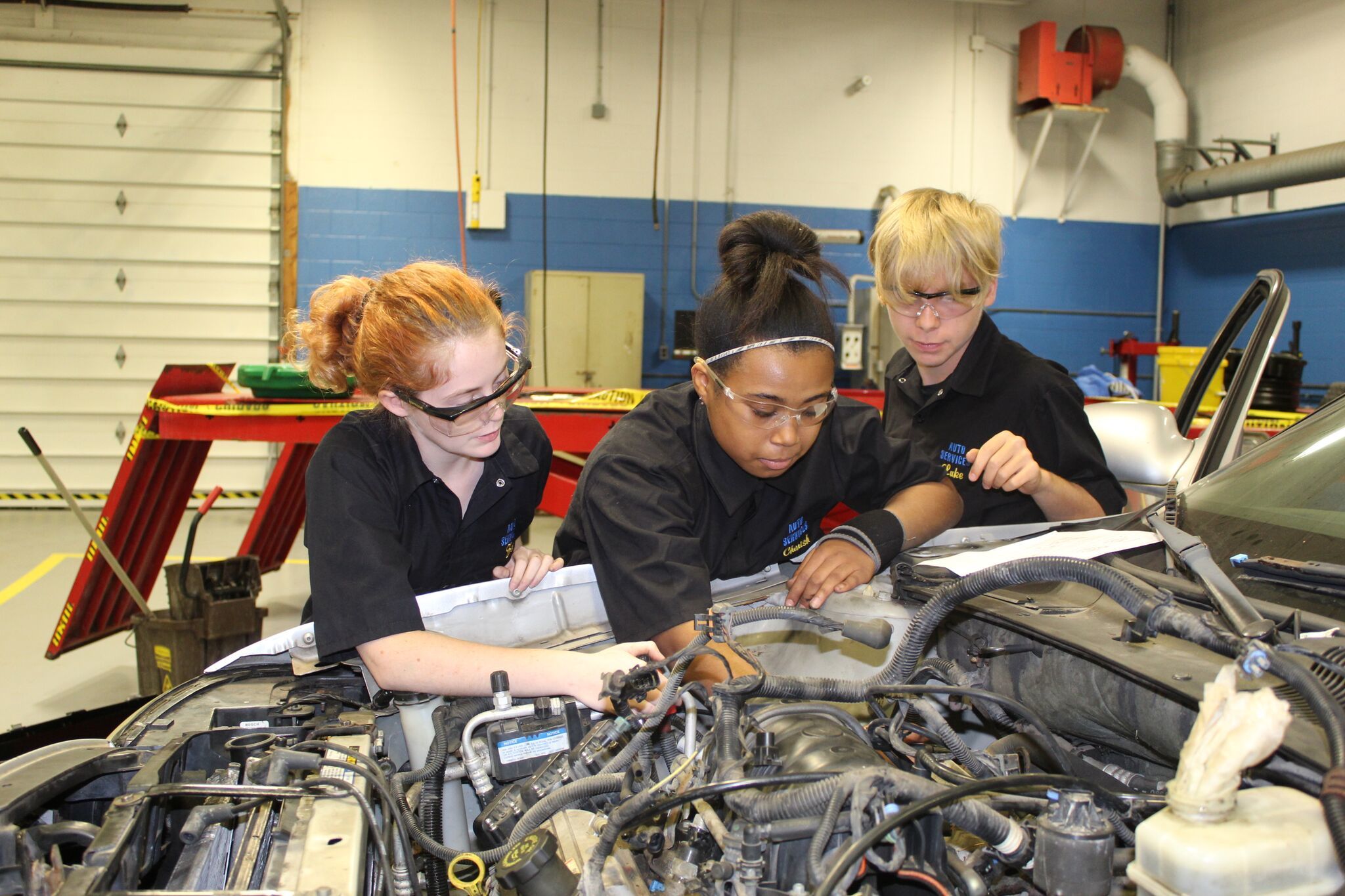All Categories
Featured

Keeping your vehicle's tires is important to make sure a smooth, risk-free, and effective driving experience. Two crucial solutions that are frequently overlooked but have a substantial effect on tire durability and efficiency are tire rotation and positioning. These solutions help keep your car running effectively and stop unequal tire wear that can influence both safety and security and gas economic climate. Allow's dive right into what tire turning and alignment are and why they are necessary for your vehicle.
What Is Tire Rotation? Tire turning is the procedure of relocating your tires from one position to an additional to ensure they put on equally. Since your vehicle's tires work at various prices depending on their placement (front tires versus rear tires), rotating them routinely aids to disperse the wear uniformly, leading to a longer life expectancy for your tires.
Tires on the front axle have a tendency to put on faster than those on the back axle, particularly in front-wheel-drive cars, where the front tires deal with both steering and power. On the other hand, rear tires may wear erratically depending upon the vehicle's weight circulation and driving conditions. By revolving your tires every 6,000 to 8,000 miles (or as advised by the manufacturer), you'll make sure an extra well balanced wear pattern.
What Is Tire Alignment? Tire positioning, additionally referred to as wheel positioning, refers to adjusting the angles of your car's wheels to the producer's specifications. Correct placement makes certain that your tires are aiming in the appropriate direction, and it aids maximize tire life and improve lorry handling. There are three main elements of placement: camber, wheel, and toe.
Camber describes the tilt of the tires from the front of the automobile. If your tires are tilted also much internal or exterior, it can trigger unequal wear. Caster refers to the angle of the steering axis when viewed from the side of the auto. This impacts the stability of the guiding, particularly when driving right. Toe describes the angle at which the tires point inward or outward when watched from above. This impacts exactly how your vehicle tracks when traveling. An appropriate placement makes sure that all four tires are directing right in advance and are angled properly. Imbalance can result from hitting craters, visuals, or just from the wear of suspension parts gradually.
Why Tire Turning and Positioning Issue. Extended Tire Life. Both tire rotation and positioning aid avoid unequal tire wear. When your tires use equally, they last much longer, which can conserve you cash in the lengthy run by decreasing the requirement for premature replacements.
Improved Safety. Proper tire turning and placement improve automobile security and handling. Misaligned tires or unevenly used tires can negatively affect your ability to steer and quit your lorry, particularly in emergency circumstances. Routine maintenance guarantees your tires do optimally, giving a more secure driving experience.
Better Fuel Effectiveness. If your tires are not straightened correctly, they may drag versus the road surface, creating resistance. This extra rubbing can minimize fuel efficiency, causing your automobile to eat even more gas. Regular tire placement makes sure that your lorry moves effectively, boosting gas mileage.
Improved Comfort. Imbalance or unevenly used tires can lead to a rougher ride, as your cars and truck might draw away or cause resonances. By keeping your tires rotated and straightened, you'll enjoy a smoother and extra comfortable driving experience.
Indicators That Your Tires Required Turning or Placement. It's crucial to remain sharp for any indicators that your tires need rotation or alignment. Watch out for these usual signs:
Irregular Tire Put On: If you notice that one tire is considerably extra worn than the others, it may be time for a rotation or alignment. Guiding Pull: If your cars and truck pulls to one side while driving directly, this could indicate imbalance. Resonances: If you really feel resonances in the steering wheel or the car itself, maybe a sign of imbalance or irregular tire wear. Squealing Tires: Unusual tire sound could also suggest incorrect placement or the requirement for a tire turning. How Commonly Should You Turn and Align Your Tires? Tire rotation ought to normally be done every 6,000 to 8,000 miles or as defined in your vehicle's proprietor's guidebook. It's a good idea to revolve your tires throughout every oil adjustment, as this will certainly assist you remain on top of normal maintenance.
As for alignment, it doesn't require as frequent service. Generally, placement must be checked a minimum of annually or whenever you observe problems like drawing away or resonance. You might likewise need placement if you have actually struck a large pocket or visual, which can toss your wheels out of alignment.
Final Thought: Keep Your Tires in Leading Shape. Tire turning and alignment are important services that maintain your car running smoothly, safely, and successfully. By putting in the time to have your tires rotated and aligned routinely, you're spending in your cars and truck's efficiency and long life, while also enhancing your safety and security on the roadway. Keep proactive with tire maintenance, and your vehicle will thank you with much better gas economic situation, improved handling, and extended tire life.
Latest Posts
Cost Effective Deluxe: Discover the Benefits of Laminate Flooring
Uncover the Montclare Expertise - Top-Quality Auto Service
Discover the Montclare Promise - Trusted Auto Care